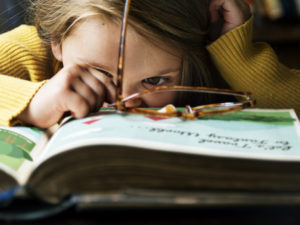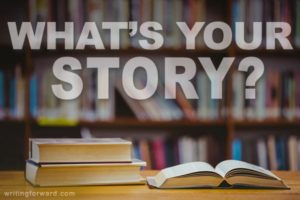
Where to Find Ideas for Writing a Story
It always seem like there are too many writing ideas or not enough. When you don’t have time to write, ideas come hurtling out of nowhere. Sometimes they come so fast, you can’t even write them all down. But when you sit down, stretch your fingers, and lean over your keyboard to start typing, nothing…Read More

23 Fiction Writing Ideas That Will Revitalize Your Story
Sometimes our fiction writing projects dry up. The characters turn out flat, the plot feels formulaic, and the story suddenly seems lackluster. This is when a lot of writers give up and file their half-finished manuscripts into a bottom drawer never to be seen again. Before giving up on a project, why not try to…Read More

20 Fun and Inspiring Character Writing Ideas
Creating a realistic character is one of the most difficult challenges in writing a piece of fiction. We’ve all read stories in which the characters were dull or hollow; they come across like clones of the same characters we’ve met in dozens of stories before. Readers want characters who are as unique and complex as…Read More

Storytelling: The Elements of Plot
Good storytelling includes many elements that a writer must consider. Plot and character are foremost among these elements, and for literary writers, language is high on the list as well. Some writers start with nothing more than a few key characters and let the plot develop by exploring those characters’ actions. Others practice careful and…Read More

How to Break Through a Fiction Writing Block
It happens to all writers. You’re cruising through a story, and all of a sudden you hit a wall. Your characters freeze up, your plot stops cold, and you’re stuck with nowhere to go. You’ve hit a fiction writing roadblock. All of your ideas have evaporated and you sit there staring at your screen with…Read More

10 Reasons Storytellers Should Dabble in Poetry
There was a time when poetry enjoyed mainstream popularity. People who read poetry weren’t unusual or lurking in some counterculture, hipster coffee house. Ordinary folks read poems, enjoyed poetry, and discussed poetic works. These days, fiction takes center stage in the world of language arts. We love movies, TV shows, and video games, comic books,…Read More

Genres: Literary Fiction vs. Everything Else
In creative writing, we talk about form and genre. Form is what we write: fiction, poetry, or creative nonfiction. Genre is how we further classify each of these forms. In fiction writing, there’s literary fiction and everything else. In fact, literary fiction and all the other genres are so at odds with each other that…Read More

Tips for Developing Story Writing Ideas
This post contains affiliate links that earn commissions. Short stories, flash fiction, novels, and novellas: there are countless stories floating around out there — and those are just the fictional works. It’s no wonder writers get frustrated trying to come up with a simple concept for a story. One look at the market tells you…Read More

12 Character Writing Tips for Fiction Writers
Characters are the heart and soul of every story. Almost every great story is about people. Plot, setting, theme, and other elements of fiction are secondary to realistic characters that an audience can connect with on an intellectual or emotional level. There are exceptions, of course. Some readers enjoy plot-driven stories, but they never seem…Read More

How to Write Better Stories
This post contains affiliate links. You know that feeling you get when you read a novel and become completely lost in it? You can’t put it down, so you lose track of time. When you finally finish, you wish it would just keep going. Isn’t that the kind of story you want to write? Over…Read More



